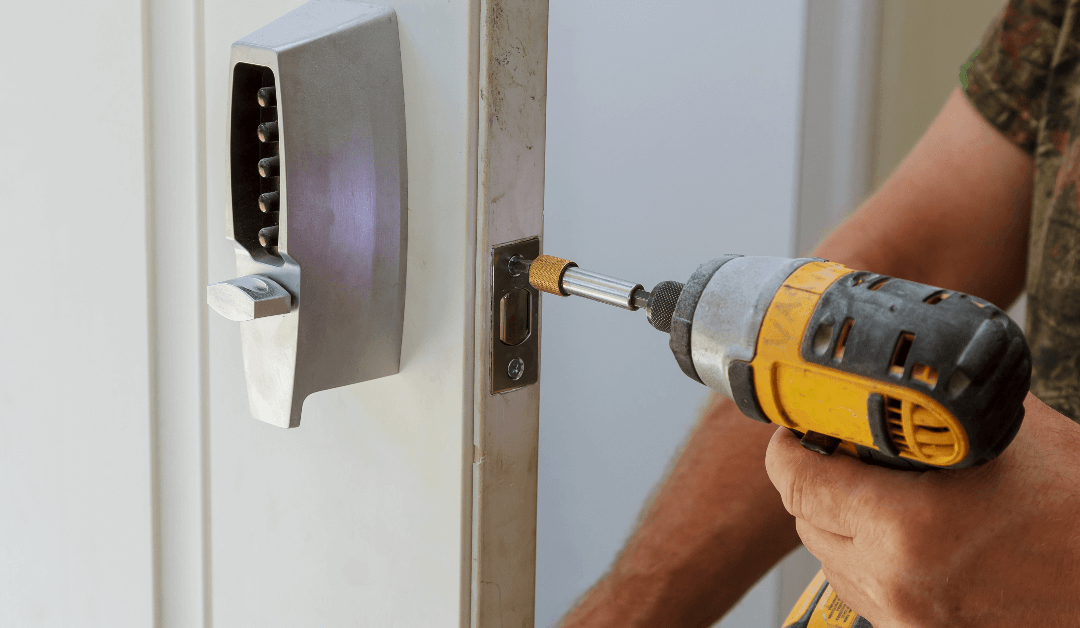Just like any other systems, security lock systems also face damage and require repair. The GSA-approved containers, safes, and vaults are also prone to wear, or sometimes their locks can become neutralized, altering their condition and thus, requiring recertification.
What Is Container Recertification?
When it comes to GSA lock systems, recertification refers to the process through which a GSA authorized locksmith inspects a container, safe, or vault that was already GSA-approved and determined to be in good condition according to the DOD lock systems program.
The container has to comply with the requirements and standards set for the safekeeping of classified documents and materials that belong to the US government.
Recertification only applies to security lock systems that reach the expected standards for containers, vaults, and safes to store classified arms, ammunition, and explosives.
The Process Of Container Recertification
The recertification process begins with a detailed inspection and ends with recertification. Here is a step by step process of recertification of GSA lock systems:
Inspection
Inspection of GSA-approved security lock systems can only be done by authorized personnel. These are qualified locksmiths who have passed their background checks and training course, where they are trained on what is expected of them quality-wise and legally.
They, therefore, know what standards every class of GSA lock systems should meet. As they inspect the containers or safe, they have to look at the following factors:
Does The Container Have A GSA Label?
If the container still has its label, even after a neutralization, then it can be considered for recertification. Labels show that security lock systems meet the GSA standards for containers, and this means that even after some kind of damage, they were once in the right condition.
All that an inspector needs to do is to ensure that the repair or damage did not cause any change in the standard of the container. A lock system without its label cannot be recertified because there was no proof that it was certified or approved in the first place.
Was The Container Drilled? If So, What Was The Impact?
Even when neutralizing security locks on containers, it is important to consider the right standards as per GSA requirements. The container is eligible for recertification if the drilling was done per the GSA regulations.
However, if the neutralization process disregards the GSA requirements, the inspector cannot approve it for recertification, and you would have to buy a new container or safe.
The GSA regulations for neutralization are set to ensure that the process does not affect the quality and standards of the security locks, making them still fit for storage of classified items, ammunition, and explosives.
If the repairs are done according to the Federal standards, the lock system may not need to go through the recertification process unless there is further damage or alteration.
Are All The Parts Of The Lock System Present And In The Right Place?
The GSA inspector checks for the parts of the container. If some parts are missing, the container is not in good condition to store classified documents and items.
Therefore, for a lock system to be eligible for recertification, it must have all its original parts present and intact to affirm its standards.
Does It Have Its Original Serial Numbers?
All GSA-approved security lock systems have serial numbers at the time of purchase. These numbers are their identity, and they should therefore be kept intact. For drawer containers, the numbers are on the inside of the drawers.
Therefore, if you want to keep the container safe for classified items storage, then ensure that even as you repaint it, the serial number is visible and clear so that it can be eligible for recertification when need be.
When Should I Recertify My GSA Container?
You can recertify your GSA security lock after a modification that may alter its original state. It would be best to have it inspected and recertified by a GSA-approved locksmith. Here are several such changes:
- Welding the containers or safes
- Drilling holes in the safe when trying to open it forcibly
- Repainting the container
- Welding the container or safe or vault after a repair
- Opening the container forcibly; neutralization
You should recertify your security lock systems if they no longer have their labels. If you want to continue using the container as a GSA-approved container, you must get it recertified. The container is considered unfit without the GSA approval label and not GSA-approved.
Therefore, you can have it relabelled or recertified, whereby it will go through the inspection process to ensure that it meets the Federal standards. Then they can affix a GSA recertification label.
Who Can Recertify My GSA Container?
Not everyone can recertify your security lock systems. The US GSA chooses the best locksmiths to recertify their lock systems.
They know the expected federal standards, and they are therefore qualified to inspect and look out for through the training that the GSA takes them through.
Therefore, if you want to recertify any security lock systems, ensure that the locksmith is GSA certified. They have the authority to inspect and recertify your lock systems according to federal standards.
Having a GSA-approved locksmith inspect and recommend recertification for your security lock system gives you the satisfaction that it will serve its purpose, and that it will provide government-level safety for your valuables, and classified documents.
Contact Us!
At Affordable Lock, we inspect and recertify all security lock systems for reliable storage of classified items as per federal standards. Call us today for quality services!

